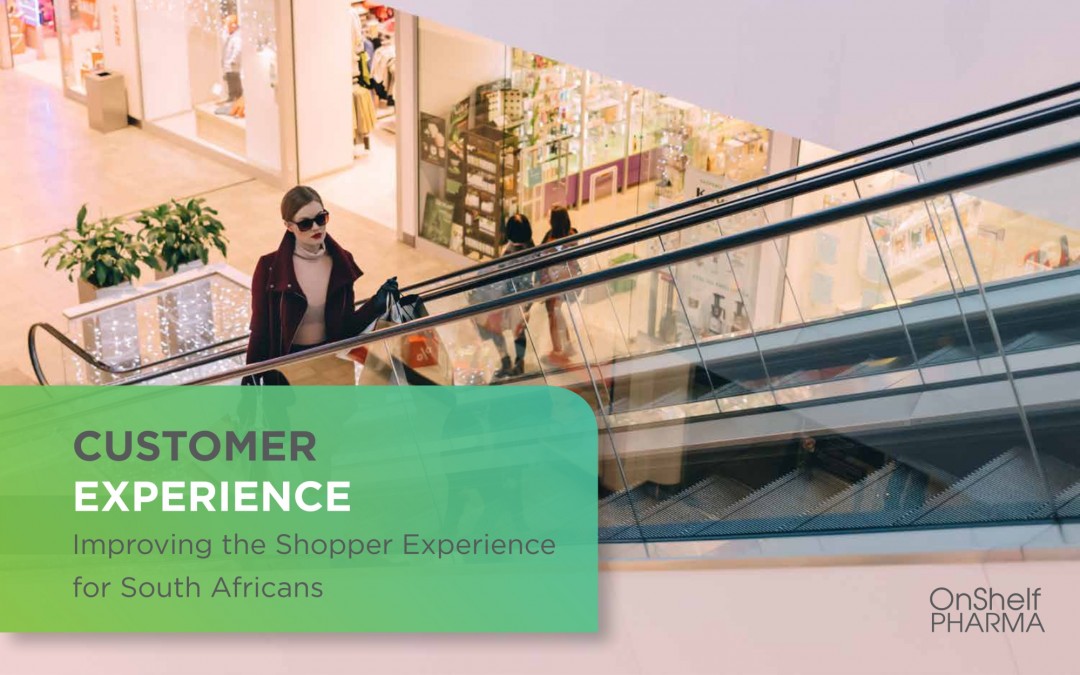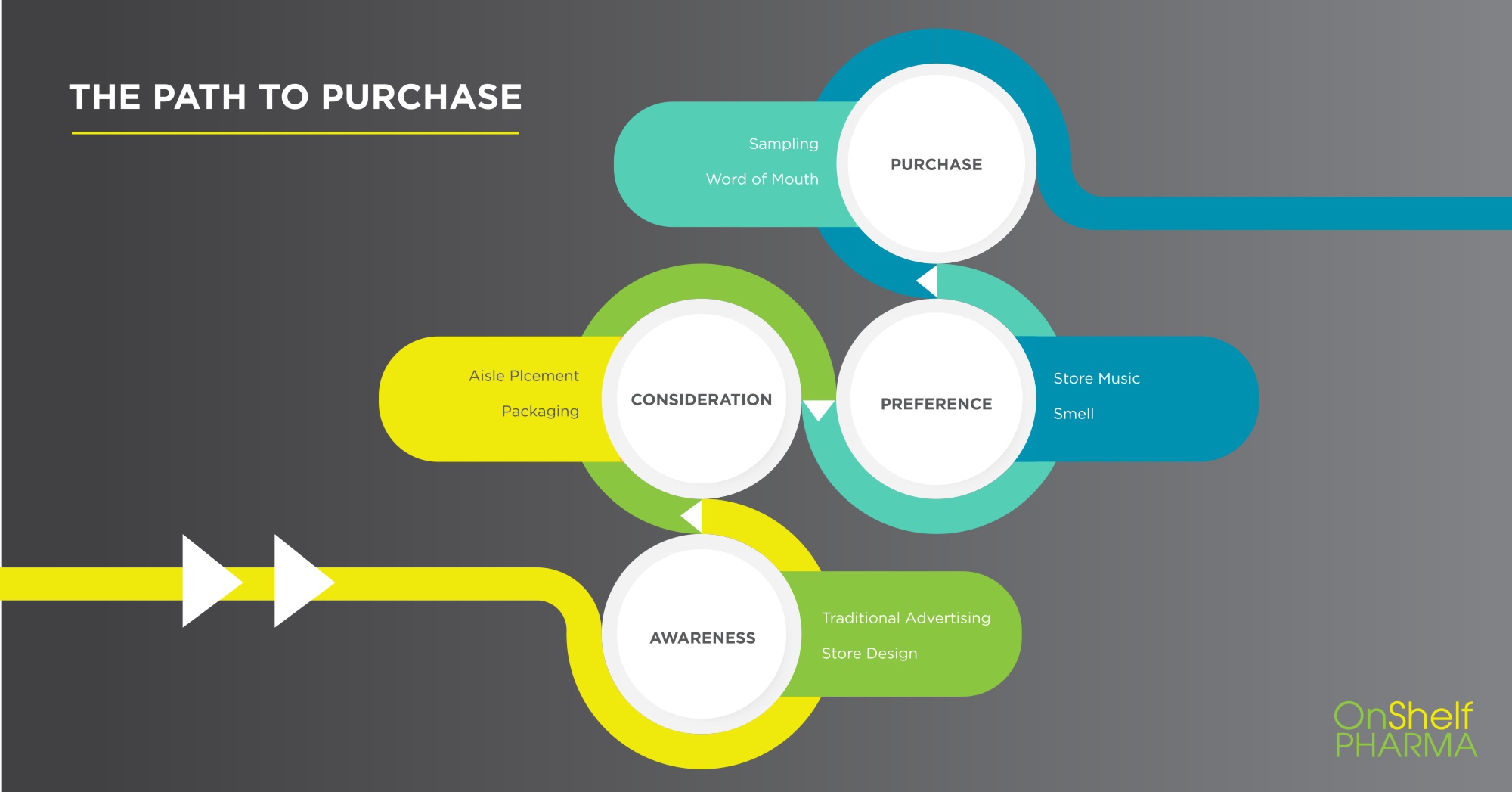So we all know the term “customer experience,” but what exactly does it mean? Customer experience can include a lot of elements, but it really comes down to the perception the customer has of your brand.
Customer experience is an integral part of customer relationship management (CRM), and it is important to businesses because customers who have a positive experience are more likely to become repeat customers and loyal customers of the business.
South African consumers
South African consumers are under tremendous financial pressure due [to higher prices (inflation has averaged 5.4 percent over the past five years, edging up to 6.4 percent in 2016) and low real growth in wages (averaging 1.3 percent in the past five years). To buy what they need, many South Africans have had to dig into savings or make purchases on credit.
Our recent survey of 1,000 South African consumers confirms that most of them are indeed concerned about their financial prospects and thus holding back spending. Almost 70 percent of respondents said they worry about imminent job loss. More than half said they are living paycheck to paycheck. No surprise then, that they are cutting back on spending, delaying purchases, and shopping around for deals that save them money.
And Nearly 50% of SA offline shoppers are thinking of going online.
Here are some stats on South Africans shopping online:
- 46% of respondents have shopped online.
- 25% of online shopper respondents are above 60 years old. 63% of offline shoppers are under 40.
- Those who shop online tend to be high income earners that work full time – over 35% earn above R30,000 a month. 60% of offline shopper respondents earn a monthly income below R20,000.
- The most popular online purchases are items that don’t require delivery time and are available almost instantly, such as travel tickets.
- Convenience and price remain the primary benefits of shopping online. The biggest barriers include a trusted payment method and a better shopping experience, from easier to use websites to more product information.
- 66% shop online at most once every three months, and 6% shop online at least once a week.
- Delivery is not a major concern for online shopper respondents. 88% were fairly or very satisfied with the speed of delivery of their last online purchase.
- Over 50% of online shopper respondents research using social media and price comparison sites. Their research isn’t only conducted online – 30% browse in-store before buying online.
- Cash is king for offline shoppers. 43% prefer to pay with cash and believe having it as a payment option would make them feel more comfortable shopping online.
- Close to half of offline shopper respondents think they will become online shoppers in the next year, and 23% believe they will be persuaded by an online-only discount offer.
It is interesting to know that here in South Africa, where food retail accounts for the majority of total retail sales, grocery is still the top product category that is currently not being bought online. Sixty-five percent (65%) of South African respondents have never shopped online for groceries, but interestingly, only 11% indicated that they are not interested at all in online grocery shopping. South African online grocery shoppers are motivated by “free delivery” and “lower prices.
Omni-channel strategy essential for eCommerce survival in new mobile connected South Africa
While not all online shoppers make purchases with their mobile phone, 95% of mobile Internet users look up local information on their phone before calling or visiting a business. According to Google, “some 85% of online shoppers start a purchase on one device and finish on another.”
According to Africa Business Insight, 2018 will be about integrating online platforms and devices.
Standpoints like design, branding, tone of voice, advertising and social media content all need to be tied together. Businesses will need an Omni-channel strategy to survive in the coming years and a solid back-end to connect consumers to their brand, no matter which device they’re using.
Mobile will reach 70% of eCommerce traffic by the end of 2018 and more and more people will purchase using their mobile devices. According to Goldman Sachs forecasts, mobile commerce revenue in 2018 will equal the total eCommerce revenue for 2013, some $626bn.
Asian eCommerce market is the fastest growing
To get an idea of where we might be headed, let’s look at the Asia Pacific that contains both the largest and the fastest-growing eCommerce markets (China and India, respectively). Today, total online retail revenues in just five markets in Asia Pacific — China, Japan, South Korea, India, and Australia — surpass the combined figure for online retail in the US and all of Western Europe.
In store Shopping still leads
Amazon is usually described as the world’s no. 1 online retailer. But in the last couple of years, Amazon has purchased Whole Foods, a grocery chain with hundreds of physical stores across America, has opened a chain of bookstores, has launched a number of physical pop-up stores, has rolled out cashier-free convenience stores, and has announced a partnership with department store Kohl’s.
In other words, Amazon has a formidable real-world store presence in addition to its online storefront, and it’s expanding that presence all the time. The reason is that for the most part, people still shop in stores.
South African shoppers still prefer physical stores despite significant growth in online shopping. Compared to developed markets, the online shopping segment in SA is small and largely focused on the nonfood market.
Only 14% of South African online shoppers say they shop online weekly or more frequently. Preserving the strength of the traditional store, 53% of local survey respondents say they have browsed for products at a store but decided to purchase them online, while 73% say they have browsed online but decided to purchase products in-store.
According to PwC, retailers are faced with “waves of disruption”. One of these is the evolution of the store which is continually adapting into something sleeker, more customised, and increasingly attuned to individual shoppers’ expectations of what the in-store experience should be.
Unilever-owned Magnum launched pop-up cafés in markets like New York, Paris and Istanbul last year. The Magnum Pleasure store allows customers to create signature ice creams by choosing their own flavors and toppings. In SA, sales at the group’s Rosebank, Johannesburg outlet have risen by 12% weekly and revenue amounted to R40,000 per day. Despite long queues and the ice cream being priced at a premium of R40, the store’s success has proved that it is not only about the product but the customer experience.
Customer experience in retail store environments is one of the great brand differentiators. It includes everything from how your store looks and how employees engage with customers to whether or not checkout is a memorably positive or negative experience.
Here are 10 steps on improving your customer’s shopping experience:
References:
https://www.pwc.co.za/en/press-room/online-retail.html
https://www.smesouthafrica.co.za/17596/E-Commerce-Stats/
http://www.bizcommunity.com/Article/196/731/172117.html
http://www.bizcommunity.com/Article/196/731/172706.html
https://www.brandsouthafrica.com/south-africa-fast-facts/south-africans-spend-income







